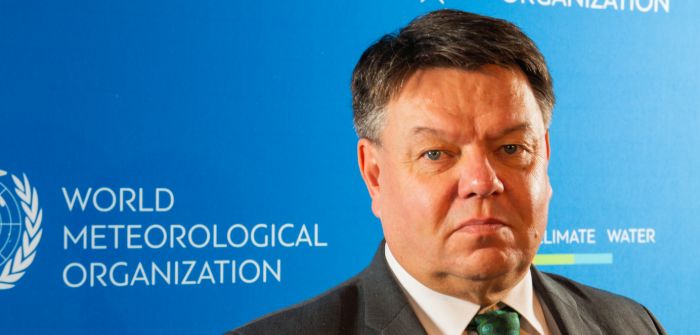Speaking at an international conference in Japan this week, WMO secretary-general Prof. Petteri Taalas stressed that the overall success of early warning systems depends on the ability to translate warnings – particularly impact-based forecasts – into prevention and mitigation measures for all affected people, including hard-to-reach communities.
Integrated flood and drought management, rather than patchy emergency-driven responses, is vital, as is a stronger monitoring network. “There is a particular need to develop capabilities at the regional, national, river-basin and community level,” said Taalas. “Collaboration is key across all sectors and users.”
Taalas provided the keynote address during the International Conference on Flood Management, which is held every three years. The conference hosted a high-level symposium on ‘integrated water cycle management in the post-Covid-19 era’ to compile collective messages from the flood community to submit to the UN Water Conference in March 2023. It will be the first UN Water Conference since 1977.
Csaba Kőrösi, UN General Assembly president, said, “A global water information system, one of the game changers of the March UN Water Conference in New York, is a solution to strengthen not only the information base we need to reduce vulnerability but also the solidarity that will make us more resilient.
“Covid has taught us that the pandemic had a significant impact on flood warning systems,” added Kőrösi. “Sixty percent of the world’s national hydrological services had issues in measuring the data needed to calibrate and validate flood forecasting systems.
“We need to innovate our national and regional systems to make sure we are less vulnerable to external shocks, be these pandemic related, financial or societal. At the national scale, it is essential to analyze and rethink our policy frameworks. We can only be less vulnerable and more resilient if we make sure that climate- and water-related policies are integrated,” he said.
This is one of the underlying principles of the Water and Climate Coalition, which is spearheaded by WMO. Only around 40% of WMO members provide flash flood forecasting, and one-third provide drought forecasting. According to the organization, this needs to improve to achieve the UN Early Warnings for All initiative and there needs to be a concerted effort toward a global water information system.



